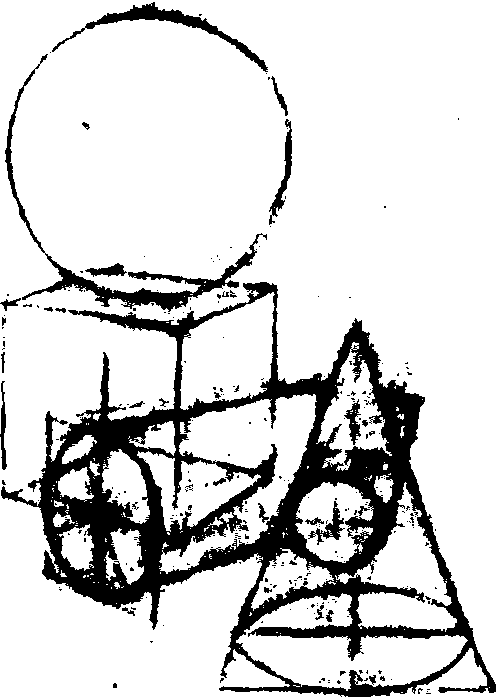辅助线Fuzhuxian
打轮廓时,为了取得形的准确而画的中轴线、十字线、透视线,形体边角伸延线、联结线,基本形的线等等,均为打轮廓过程中起辅助作用的线条。故名为辅助线。该线一般画得轻虚,最后要予以擦掉或涂调子时敷盖掉。

| 词条 | 辅助线 |
| 类别 | 中文百科知识 |
| 释义 | 辅助线Fuzhuxian打轮廓时,为了取得形的准确而画的中轴线、十字线、透视线,形体边角伸延线、联结线,基本形的线等等,均为打轮廓过程中起辅助作用的线条。故名为辅助线。该线一般画得轻虚,最后要予以擦掉或涂调子时敷盖掉。
|
| 随便看 |
开放百科全书收录579518条英语、德语、日语等多语种百科知识,基本涵盖了大多数领域的百科知识,是一部内容自由、开放的电子版国际百科全书。